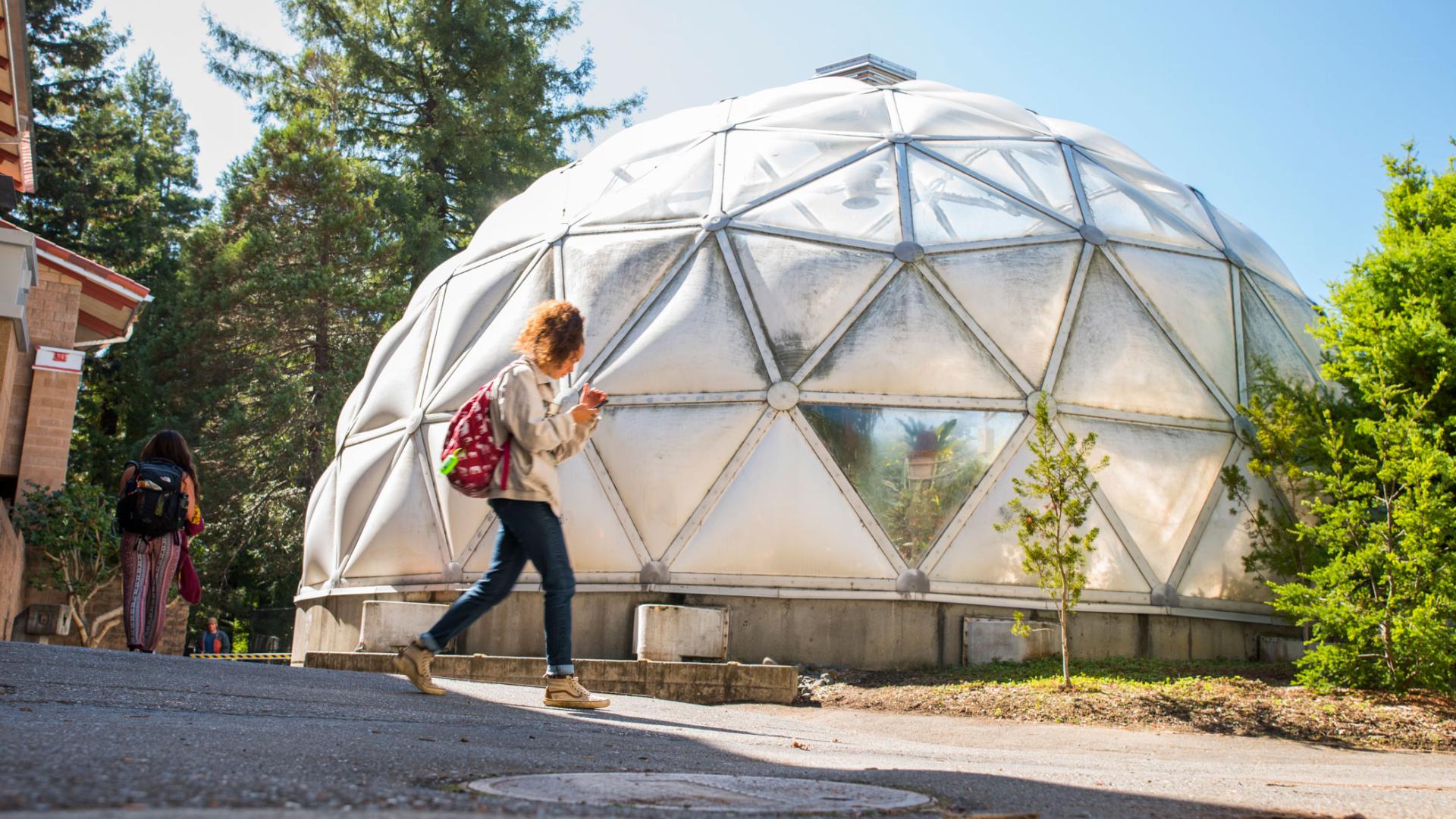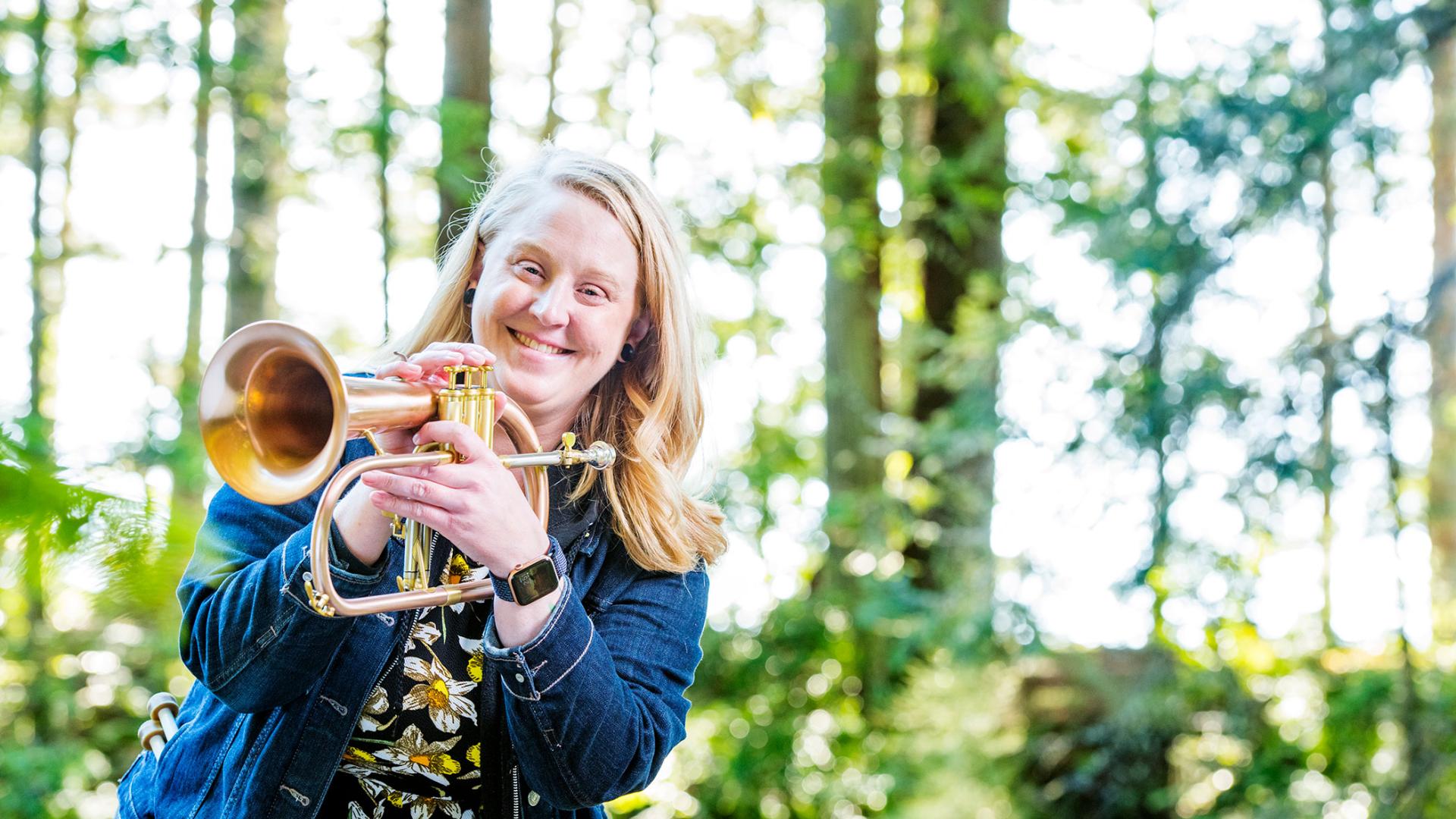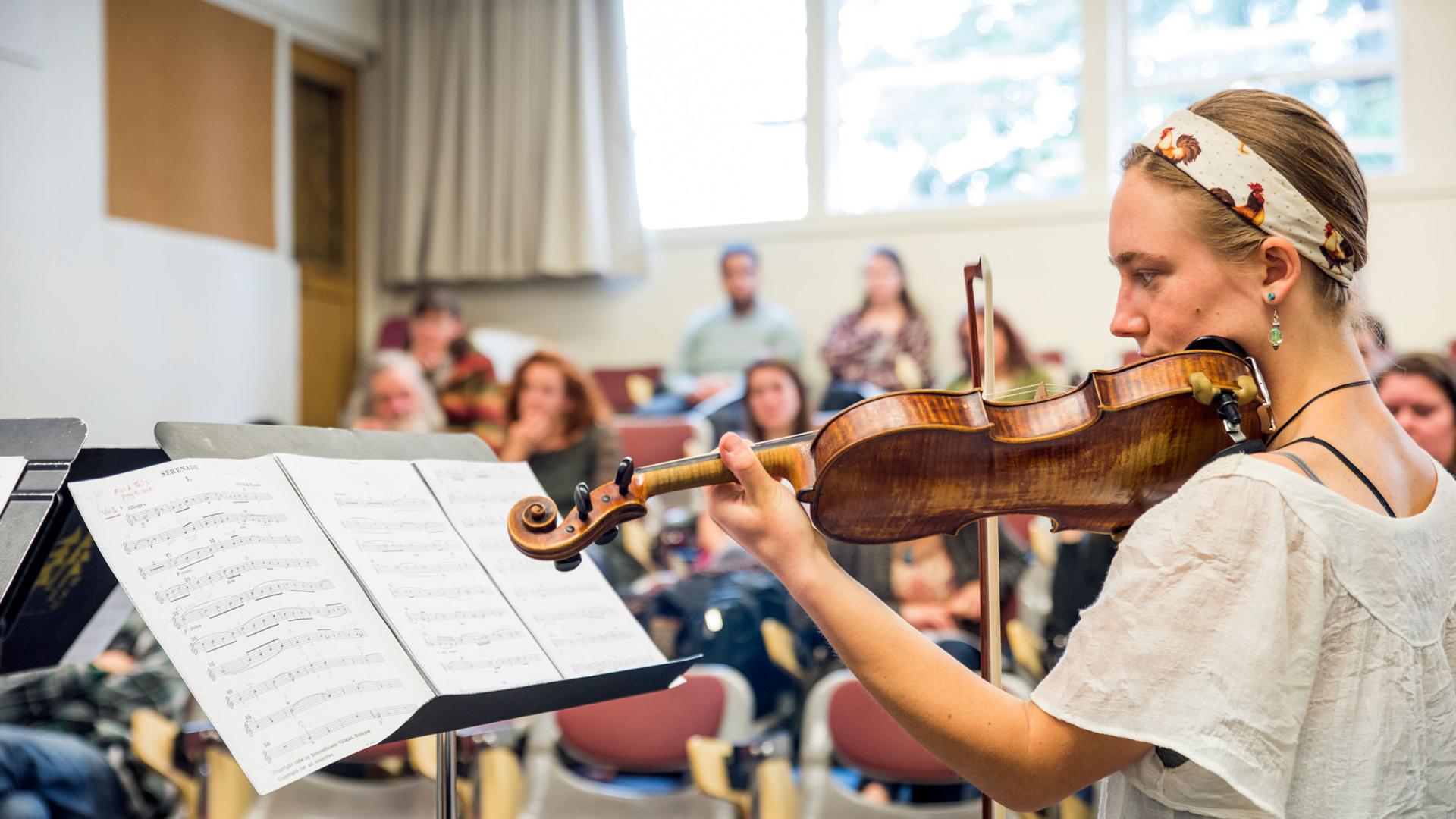Breadcrumb
Campus Center for Appropriate Technology (CCAT)
What is CCAT
The Campus Center for Appropriate Technology is student managed, student funded live-in demonstration home for appropriate technology. CCAT is part of a registered non-profit organization and home for three student co-directors who live in the house and manage the program for one-year periods. CCAT co-directors also manage the student employees that CCAT hires every semester. We are located on the Cal Poly Humboldt Campus in Arcata, California. Motivated by an ethic of “education by example,” CCAT offers tours, workshops, and opportunities for hands-on involvement to university students and the general public.
What is Appropriate Technology
Appropriate Technology (AT) describes a way of providing for human needs with the least impact on the Earth’s finite resources. When determining if a technology is appropriate for a specific use, we at CCAT examine a number of issues: is the technology built locally or use local materials? Can it be built, or at least maintained, with a minimum of specialized training? Is its use sustainable over many generations? Does it cause suffering in its manufacturing or use, human or otherwise, disproportionate to its benefits? Can we financially afford it? With answers to these questions, or at least predictions, we try to balance the benefits and harms of a technology to determine if it is appropriate.
Appropriate Technology is a way of evaluating a technology, a way of considering the social, economic, and environmental impacts of introducing a technology into our lives. Appropriate Technology is about adapting to the current environment and resources, given the time and place. As E.F. Schumacher said when he coined the phrase, “AT is technology with a human face.”
If you would like a more thorough description of the history of CCAT and four other demonstration sites at universities across the United States, see “Campus Demonstration Sites for Sustainable Systems and Design: Five ‘Creation’ Stories” (PDF), a paper written by graduate student Kathy Jack under the advisement of Dan Ihara of Humboldt and the Center for Economic and Environmental Development.






